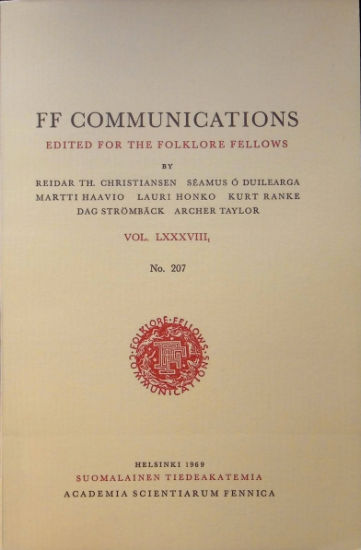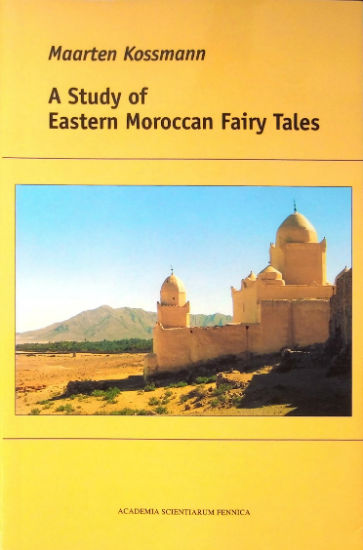
“A Study of Eastern Moroccan Fairy Tales”
This book studies the structure and style of orally transmitted fairy tales from Eastern Morocco in Berber and dialectal Arabic. Drawing on materials collected in his own fieldwork and other sources, the author pays special attention to the aesthetics of the fairy tale as understood by Max Lüthi and to the analysis of tale-specific formulae. […]

“Attitudes and Interpretations in Comparative Religion”
WHATIS the attitude of the scholar of Comparative Religion to religion and religiosity? What is the specific method in Comparative Religion? Does the study of religions differ from other corresponding disciplines? The present volume tries to answer these questions on the basis of fieldwork among Sinhalese Buddhist monks in Sri Lanka and Orthodox monks and […]
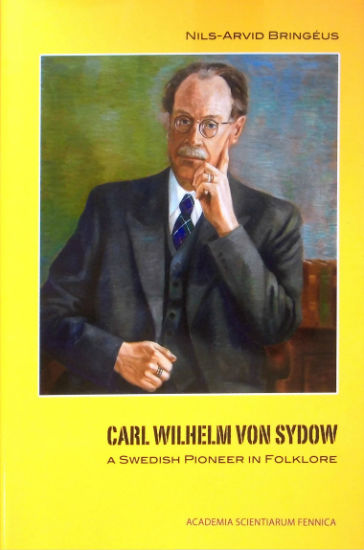
“Carl Wilhelm von Sydow. A Swedish Pioneer in Folklore”
IN THIS BOOK, Professor Emeritus Nils-Arvid Bringeus provides a detailed analysis of the founder of folklore research in Sweden, Professor Carl Wilhelm von Sydow (1878-1952). We are introduced to a fascinating personality and able to follow his persevering struggle to gain acceptance for a new academic discipline. Von Sydow took a highly active interest in […]
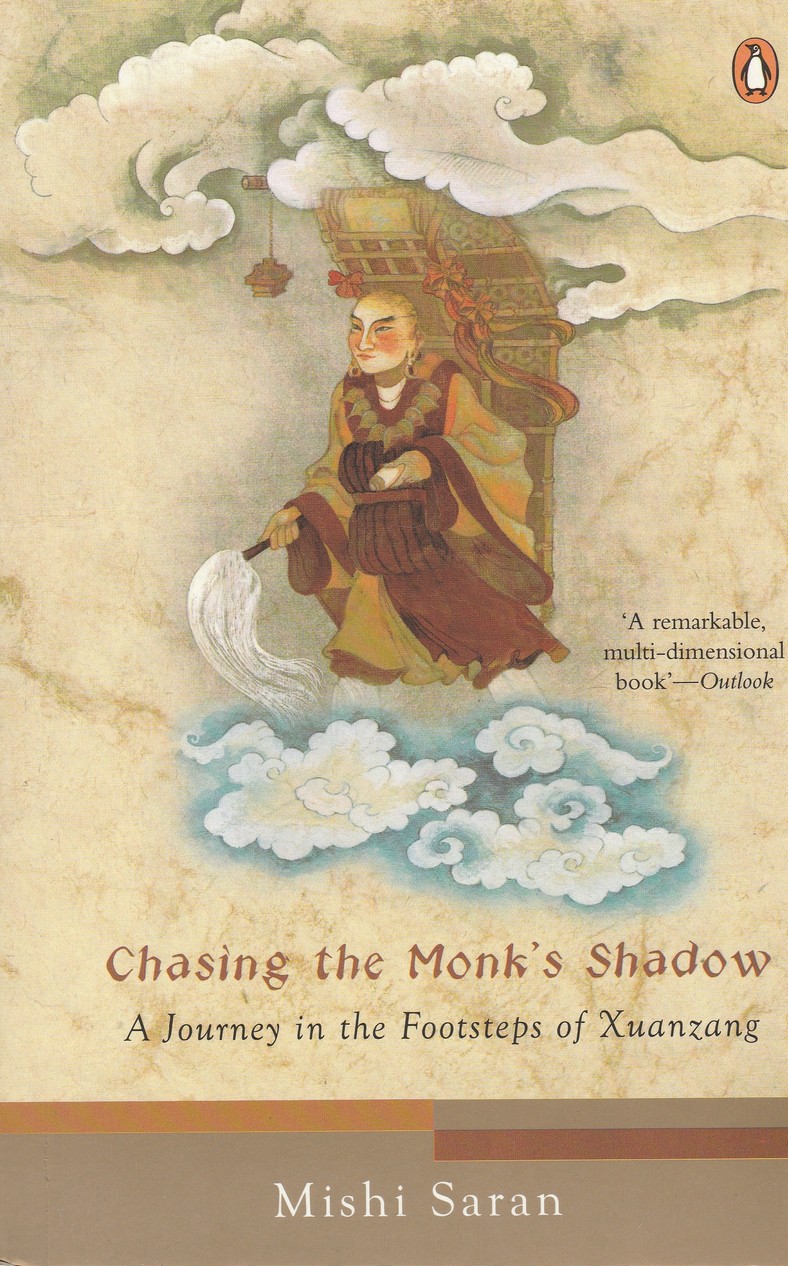
“Chasing the Monk´s Shadow”
A Jouney in the Footsteps of Xuanzang “An Indian woman with a China craze, a Chinese monk with an Indian obsession; we had the same schizophrenia, the monk and I. It seemed logical to take the same road.” In the seventh century AD, the Chinese monk Xuanzang (earlier spelt as Hiuen Tsang or Hsuan Tsang) […]
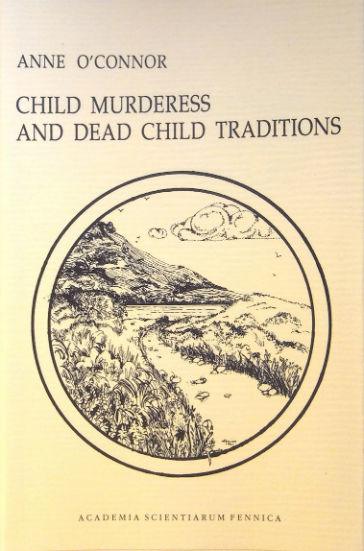
“Child Murderess and Dead Child Traditions: A comparataive Study”
The comparative analysis of child murderess and dead child traditions in Irish and European folklore is the focus of this study. Drawing extensively from the Irish Folklore Collections housed at the Department of Irish Folklore, University College Dublin and citing a variety of folklore and documentary sources, this study explores Irish and European traditions concerned […]
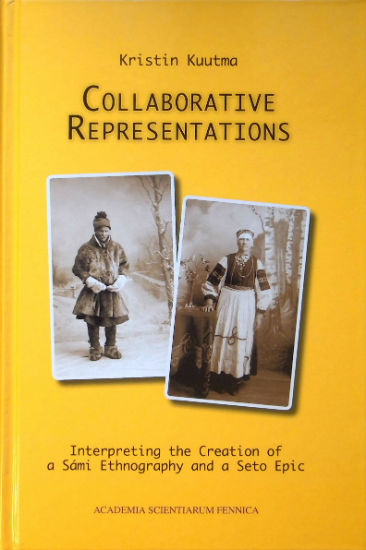
“Collaborative Representations. Interpreting the Creation of a Sámi Ethnography and a Seto Epic”
CULTURAL REPRESENTATIONS are constructed through interaction of cultural researchers and culture bearers. A study of collaborative processes that resulted in published representations of Sami and Seto traditional culture requires an exploration of the emerged voices and representational agencies, editorial activities and reception histories. The focus of this book revolves around two manifestly representative texts from […]
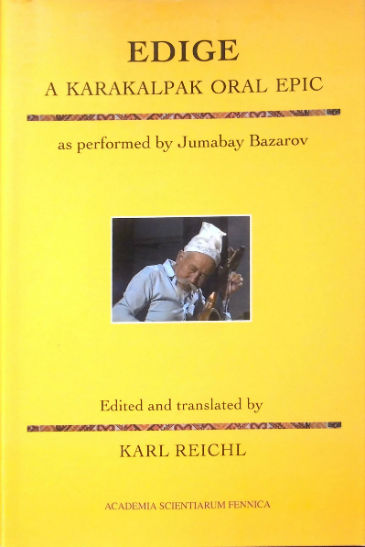
“Edige : A Karakalpak Oral Epic as performed by Jumabay Bazarov”
Edige is one of the most esteemed oral epics of the Karakalpaks, a Turkic-speaking people, who live on the mouth of the Amu Darya and the shores of the Aral Sea. Edige is a historical personage from the time of Timur at the turn of the 14th to the 15th century. He is considered the […]

“Exploring the Gardens of Delights. Essays in Bosch’s Paintings and the Medieval Mental Culture”
The phantasmagoria in the paintings of Hieronymus Bosch (c. 1450-1516) has led most scholars to interpret him as some kind of heretic: an astrologist, alchemist or adamite. Scholars use the same symbols for their personal preferences. The focus in this book is on Bosch as an ardent realist in his minute attention to detail. He […]
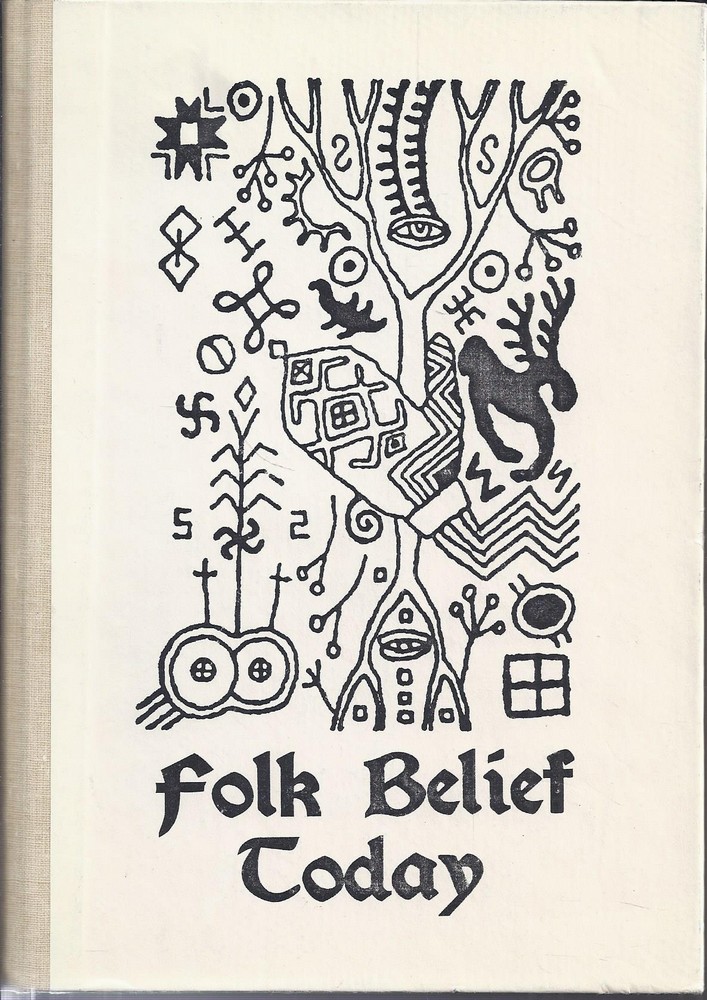
“Folk Belief Today”
The e-publication is based on the collection of articles, published in 1995 by the Institute of Estonian Language and the Estonian Museum of Literature. Edited by Mare Kõiva & Kai Vassiljeva. In collaboration with Ume Kelam, Õie Sarv, Leidi Veskis, Ergo-Hart Västrik. Notes Taive Särg
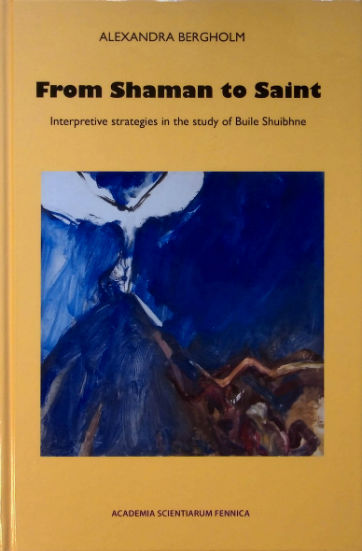
“From Shaman to Saint. Interpretive strategies in the study of Buile Shuibhne”
This study charts the ways in which Buile Shuibhne has been interpreted in twentieth-century scholarship, by paying particular attention to the religious allegorical readings of the text. This examination of four prevalent interpretative frameworks ‒ historical, pre-Christian, and anthropological ‒ relates theoretical conceptions of literary theory, comparative religion and historiography to the study of medieval […]
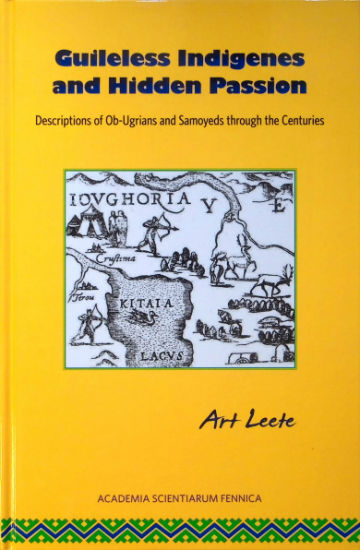
“Guileless Indigenes and Hidden Passion. Descriptions of Ob-Ugrians and Samoyeds through the Centuries”
This monograph is aimed for discussing the views of the character of the Khanty, Mansi and Nenets by authors of different periods. Changes of general ideas about the inhabitants of the Arctic has had a remarkable, albeit often concealed, roie in the development of the research on northern peoples. The author examines the image of […]

“Journal of Ethnology and Folkloristsics”
JEF Volume 2/2008 Number 1 Contents: Tuija Saarinen. Sickness, Hygienic Education and Village Practice: Tuberculosis in the Life of a Cobbler Outi Fingerroos. Places of Memory in the Red Vyborg of 1918 Riina Haanpää. From a Fratricide to a Family Memory Helena Riotsala. Does Sense of Place Still Exist? Kristin Kuutma. The Making of Sami […]
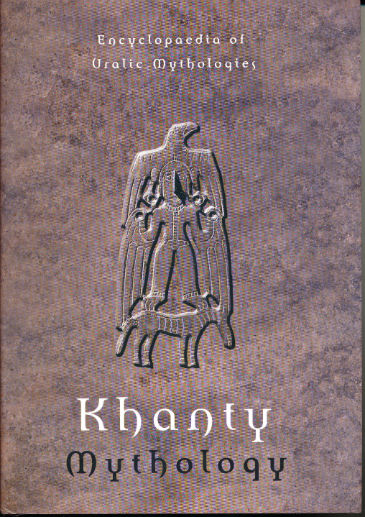
“Khanty Mythology. Encyclopaedia of Uralic Mythologies”
The Encyclopaedia of Uralic Mythologies offers a comparative base for the study of the roots and present forms of Finno-Ugrian and Samoyedic mythologies and ethnic religions. The peoples speaking the Uralic language are indigenous peoples of Northern Eurasia in the territory extending from Fennoscandia to the Taimyr Peninsula. Along with their complicated histories and cultural […]
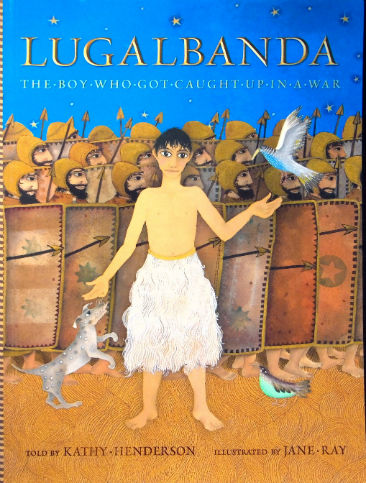
“Lugalbanda: The Boy Who Got Caught Up In a War”
From the land we now call Iraq comes the story of a young prince’s extraordinary adventures. On his way to war with his older brothers, Lugalbanda meets the goddess Inana and the magical Anzu bird, which gives him the power to be strong, tireless and to run like lightning. Lugalbanda uses his new powers to […]
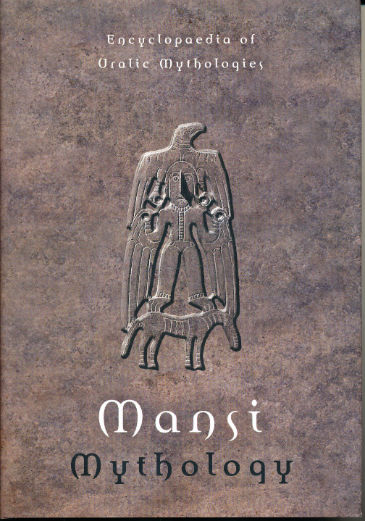
“Mansi Mythology. Encyclopaedia of Uralic Mythologies”
The Encyclopaedia of Uralic Mythologies offers a basis for the study of the roots and present character of Finno-Ugrian and Samoyedic ethnic religions, mythologies and folklore. Mythology is understood here in the broad sense, including not only myths proper but also the field of ethnic religion, by including beliefs and connected rituals, magic practices and […]
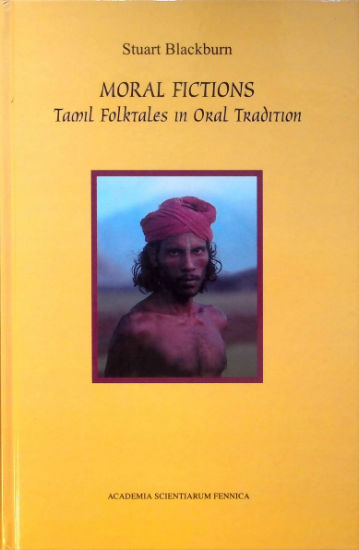
“Moral Fictions. Tamil Folktales from Oral Tradition”
1S FANTASY the defining element in fairy tales? This question is the starting point for Stuart Blackbum’s study of Tamil oral tales. Having collected over 300 tales, 100 of which are translated in this book, he concludes that although fantasy, and humour, are present, at the core of the tales lies a moral vision in […]
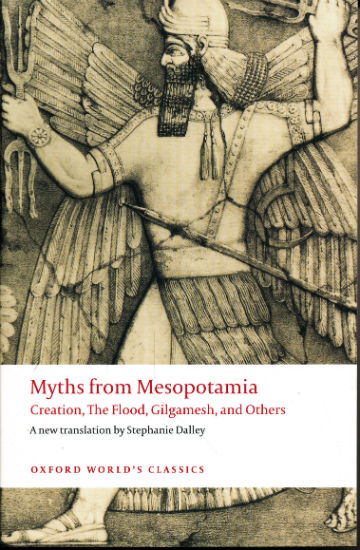
“Myths from Mesopotamia. Creation, The Flood, Gilgamesh, and Others.”
A new translation by Stephanie Dalley Oxford World´s Classics Between the great rivers Tigris and Euphrates lies the rich alluvial land of Mesopotamia (now in modern Iraq), which supported a complex and prosperous society over 4,000 years ago. The stories translated here are all of ancient Mesopotamia, and include not only myths about the Creation […]
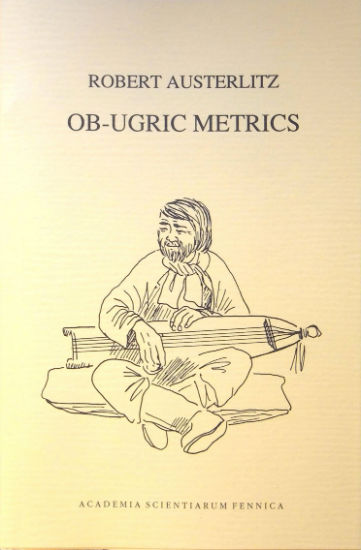
“Ob-Ugaric Metrics”
Robert Paul Austerlitz (December 13, 1923 – September 9, 1994) was a Romanian-American linguist. Born in Bucharest, he emigrated to the United States in 1938. In June 1950, he received a Master of Arts from Columbia University, where he studied under André Martinet. With funding from the Ford Foundation, he studied the Uralic and Altaic […]
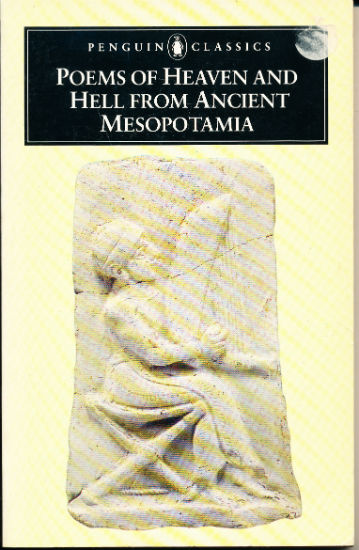
“Poems of Heaven and Hell from Ancient Mesopotamia”
Translated and introduced by N. K. Sandars The Babylonian Creation, the first of these Ancient Mesopotamian poems, was probably composed in the twelfth century BC. Comparable with the Book of Genesis, it opens in watery chaos and sings of the foundation of the world and its centre, the fabulous golden city of Babylon. A hymn […]
